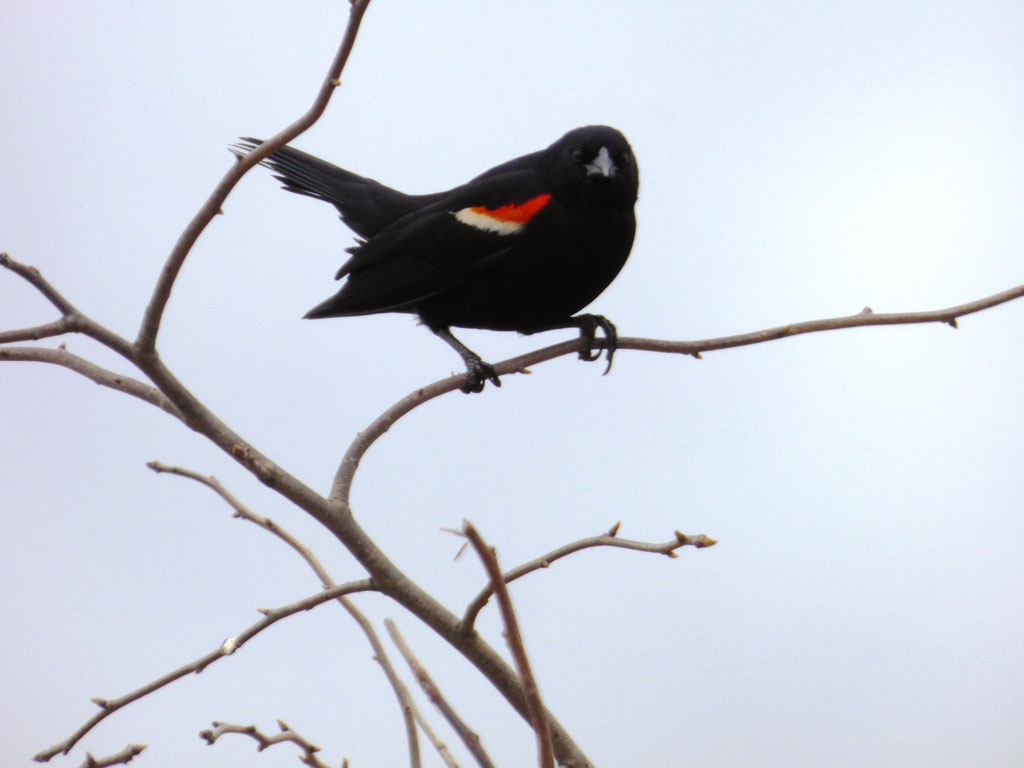The disappearance of 2.9 billion birds since 1970 has caught scientists by surprise. Common birds, such as the Dark-eyed Junco (above), also known as the “snowbird,” have seen the greatest losses. (Video: Luis Velarde/Photo: Jay McGowan, Macaulay Library at Cornell Lab of Ornithology/The Washington Post)
According to research published online in September by the journal Science, the breeding population of birds in the U.S. and Canada has dropped nearly 30 percent since 1970.
“We were astounded by this net loss across all birds on our continent, the loss of billions of birds,” said Cornell Lab of Ornithology conservation scientist Ken Rosenberg, who led an international team of scientists from seven institutions in the analysis of population trends for 529 bird species.
“These bird losses are a strong signal that our human-altered landscapes are losing their ability to support birdlife,” he said. “And that is an indicator of a coming collapse of the overall environment.”
The study crossed all habitats, from grasslands to the Arctic, shorelines to forests. Common birds—the species that many people see every day—have suffered the greatest losses, according to the study. More than 90% of the losses (more than 2.5 billion birds) come from just 12 families including sparrows, blackbirds, warblers and finches.
Gone are millions of favorite species seen at bird feeders, such Dark-eyed Juncos (down by 168 million) and sweet-singing White-throated Sparrows (down by 93 million). Eastern and Western Meadowlarks are down by a combined 139 million individuals. Additionally, a quarter of all blue jays have disappeared, along with almost half of all Baltimore orioles.
Scientists observed that while it remains vital to save the most endangered birds, the loss of abundance among our most common species “represents a different and frankly more ominous crisis.”
FIConservancy’s focus on grassland restoration comes at a critical time. The study shows that 53 percent of grassland birds, a higher percentage than any other birds recorded in the study, have vanished since 1970.
These findings emerged from new techniques to detect the volume of migratory birds aloft using weather radar, as well as nearly 50 years of bird-monitoring data, including citizen-science records. (The steepest declines among radar stations were in the eastern half of the country.)
“Birds are resilient when we give them a chance—the data show that too. Waterfowl are up by 56%, and raptors have increased by 200% thanks to focused conservation funding and protections,” said John Fitzpatrick, Executive Director of the Cornell Lab of Ornithology.

The red-winged blackbird—a common sight on Fishers Island and in virtually every marsh and wet roadside across the continent—has declined by 92 million birds since 1970. Justine Kibbe Photo
COMMENTS FROM OUR READERS
Much of this is due to the lack of food supply for baby birds. They only eat caterpillars and all of the non-native trees, ginkgo, the new pears, which are invasive have NO caterpillars. A native oak tree hosts at least 400 varieties.
Doug Tallamy has written a book called “Bringing Nature Home”, it is a road map to recovery, he is a scientist, professor and life long bird observer. This book should be in every household with a yard.
~ Sally Ogden
We have taken away the nesting place of many bird species. A large part of the loss is the loss of grassland habitat, an aspect of conservation where Fishers Island is in the forefront. The NY State Department of Conservation website reports that NY has lost 90% of grassland habitat in the state. The Pequot Indians and neighboring tribes routinely burned their fields for cropland and grassland habitat. City dwellers fail to understand the need for this preservation technique. Then the conversion of grassland to shrubland to forest clouds out many species. It is nice to know that Fishers Island is doing its part, but there is much more to be done.
~ Peter Rugg